Between all the mask-wearing, social distancing, and vote counting that Americans did this year, these events made a major impact on our fish, wildlife, and outdoor recreation opportunities
It’s certain that 2020 will be a memorable year for many reasons—the good and the bad. So, in that spirit, here are the conservation highs and lows that we’ll remember when we think back on 2020. Read on for 15 headline-making events, the role that sportsmen and women played in clinching victories or defending against bad ideas, and the consequences for the fish and wildlife habitat that we all rely on.
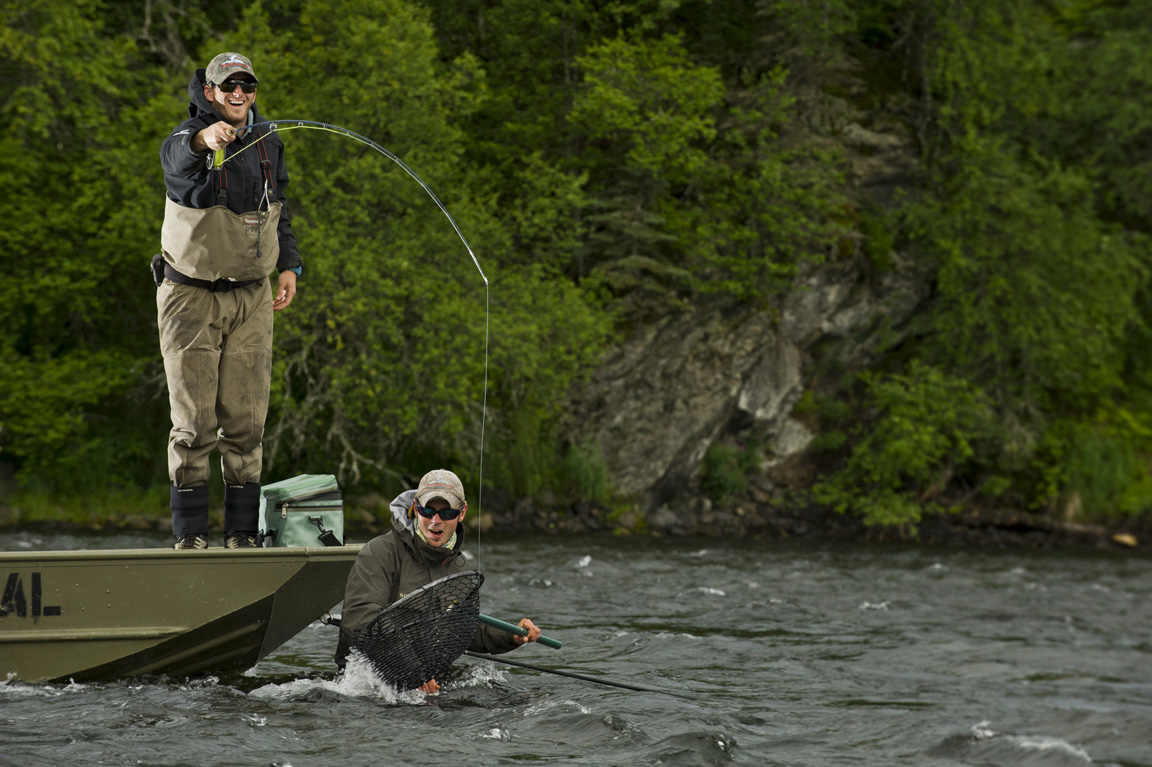
The One Most Likely to Make the Nightly News
After years of vocal opposition from anglers and outfitters, the U.S. Army Corps of Engineers recently denied developers a permit for Pebble Mine—thus defending the salmon habitat and unmatched outdoor recreation opportunities of Bristol Bay, Alaska. The Corps said in a statement that the proposed mine project “is contrary to the public interest” and “does not comply with Clean Water Act guidelines.”

The Decade-Defining Legislative Wins
Of course, you have already heard a lot about the Great American Outdoors Act, the milestone achievement to top a very productive summer for finding common ground on conservation. Its lasting legacy will be permanent and full funding of the Land and Water Conservation Fund at $900 million annually, but hunters and anglers will benefit enormously from its five-year investment of $9.5 billion to chip away at the deferred maintenance backlog on public lands.
Though it didn’t get as much of the limelight, the America’s Conservation Enhancement Act deserves to be right up there with this victory. The ACE Act does for habitat what the Great American Outdoors Act does for access and outdoor recreation opportunity—by securing and reinvigorating conservation programs and funding sources that benefit deer, waterfowl, fish, and all species in the Great Lakes and Chesapeake Bay watersheds.
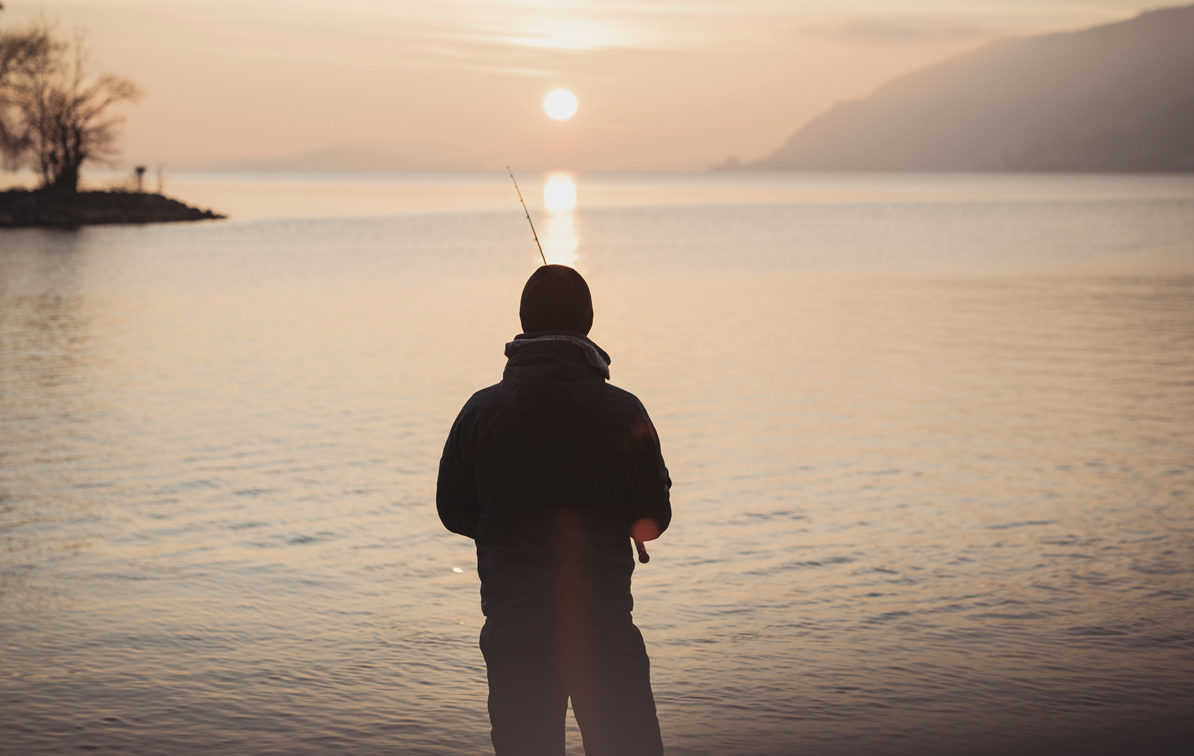
The Damaging Blows to Conservation
On the flip side, major rollbacks were finalized that threaten to dismantle our bedrock conservation laws. This list includes the weakening of Clean Water Act protections for headwater streams and wetlands, a concerning change to what the National Environmental Policy Act requires of federal agencies considering development impacts on fish and wildlife habitat, and the elimination of conservation safeguards on 9.2 million acres of public land in Alaska’s Tongass National Forest.
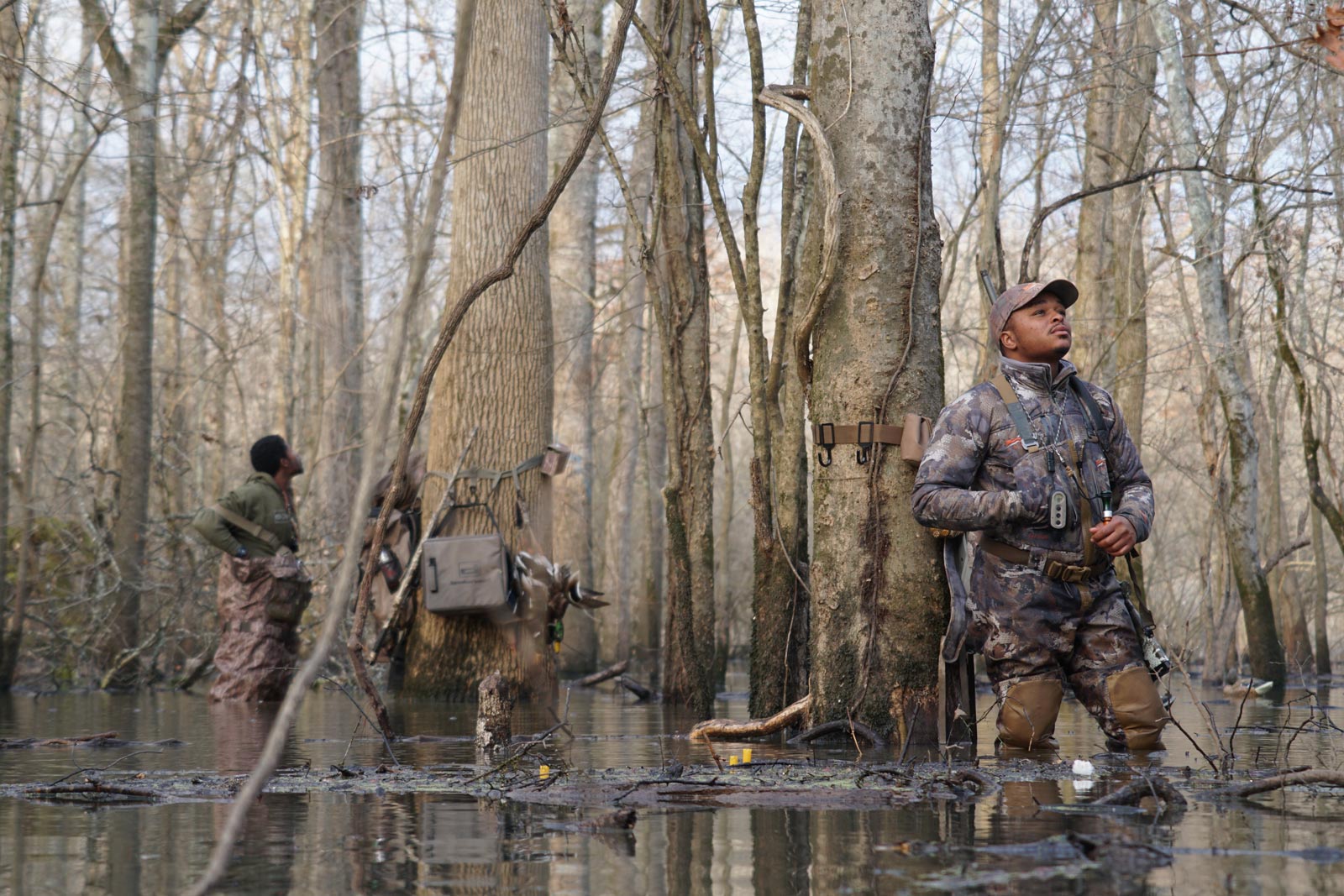
The Public Lands That Are Locked Away from the Public
In three groundbreaking reports this year, the TRCP unveiled data on half a million acres of inaccessible public lands across nine states. This was in addition to the 15.8 million acres of landlocked public land in the West that we previously identified through our ongoing partnership with the digital mapping experts at onX. Learn more about the landlocked public lands issue here.
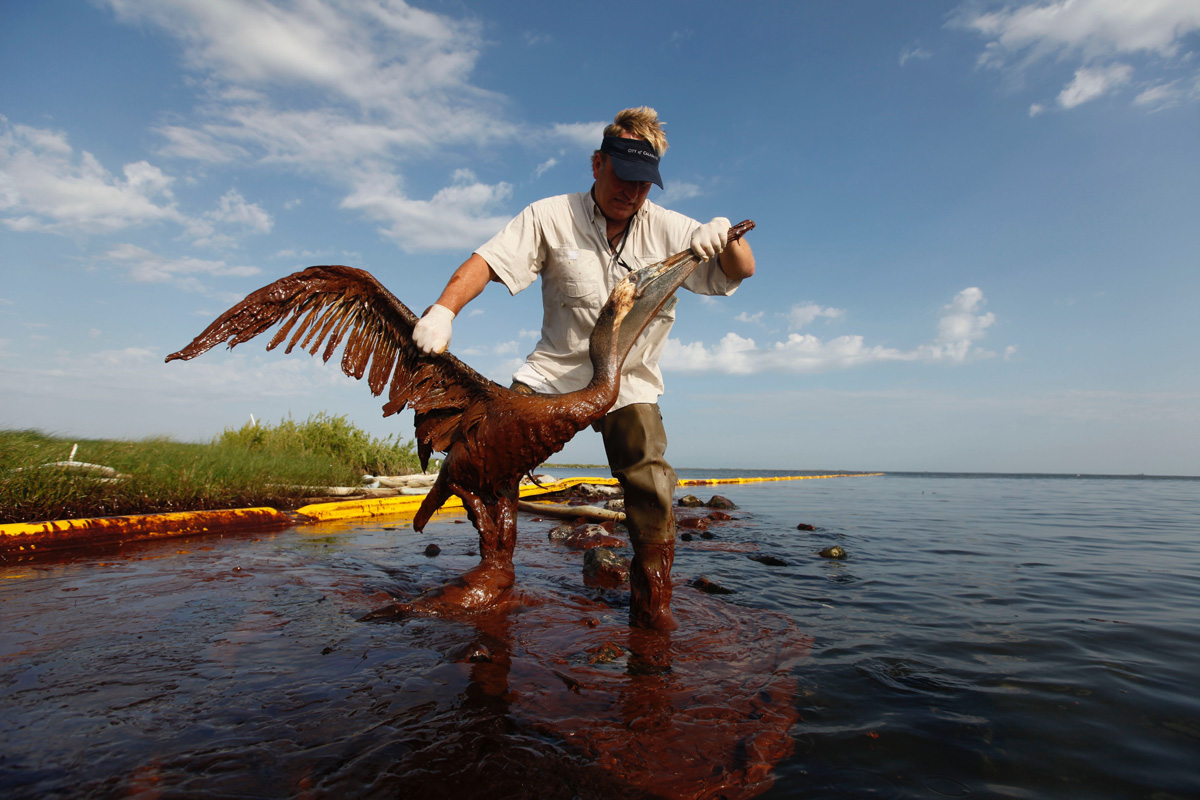
The Ten-Year Milestone for Coastal Habitat
The spring and summer of 2020 marked a decade since the explosion of the Deepwater Horizon oil rig and subsequent oil spill—the worst environmental disaster in American history. But, today, oil spill penalties have been invested in projects that not only address the direct damage from the tragedy but are reversing the long-term decline of the Gulf region’s coastal ecosystems and water quality. In June, we released a comprehensive report on where things stand ten years after the spill.
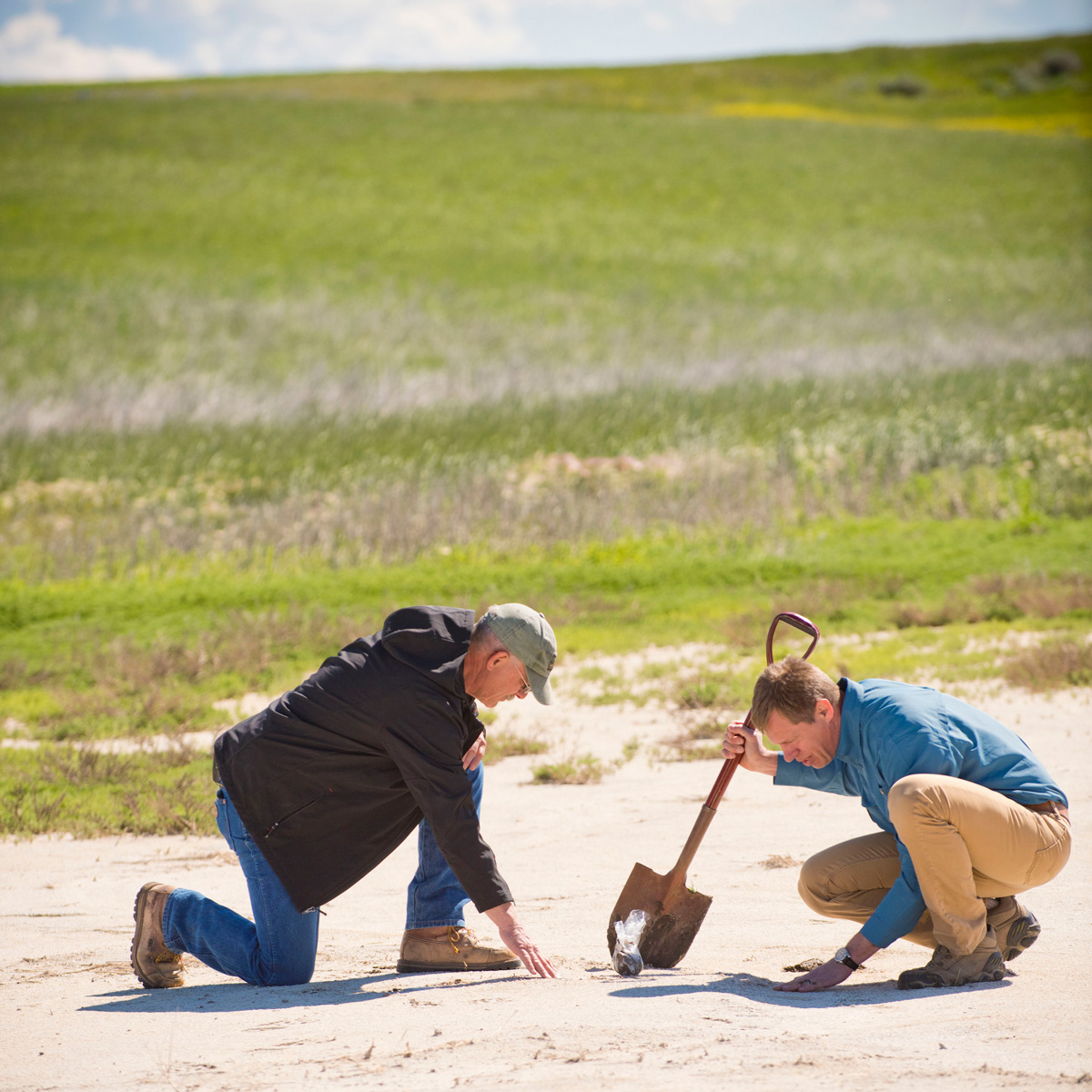
The Farm Bill Favorite That Hit a Low Point
There were also changes made to the management of the Conservation Reserve Program that weakened one of the Farm Bill’s most popular conservation programs. Our community outlined what the Biden Administration should do to get enrollment back on track and max out conservation benefits on private land. And we voiced our support for making the program even stronger.
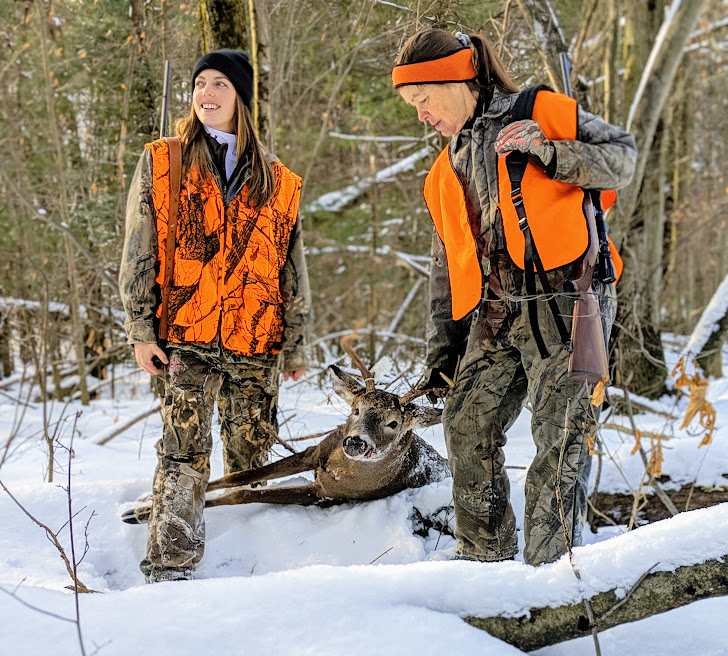
The Federal Agency That Learned It Can’t Ignore Hunters
One division of the USDA showed it was a little too cozy with the captive deer industry by funneling at least $1.5 million of the $5 million in chronic wasting disease response funding that Congress specifically appropriated for delivery to state wildlife and agricultural departments. This threatened to undo what should have been a solid win—a renewed commitment of federal funds—and doesn’t address the continued strain placed on state agencies. Hunters responded by demanding transparency from the Animal and Plant Health Inspection Service and oversight from lawmakers.
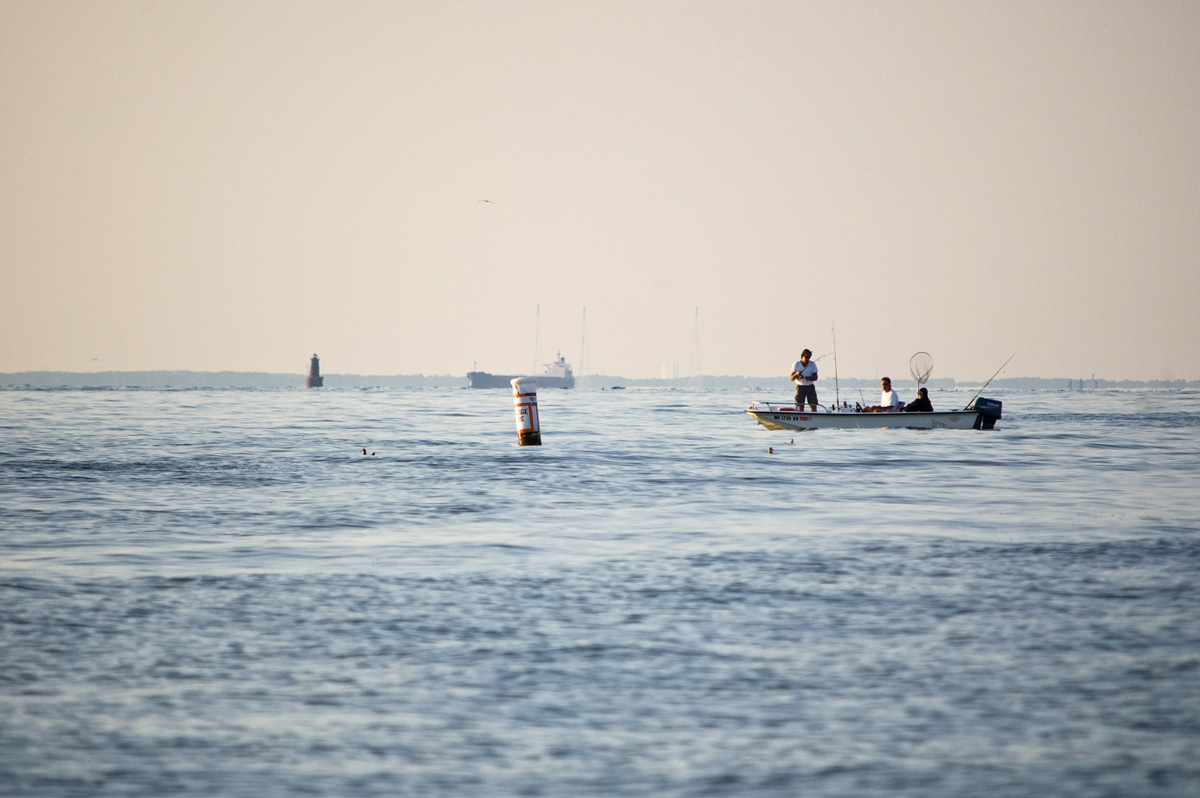
The Important Little Fish That Got a Management Makeover
In August, the Atlantic States Marine Fisheries Commission voted unanimously to improve its management strategy for Atlantic menhaden—the tiny baitfish that supports some of our most popular sportfish, like striped bass—by considering the species’ role in the broader ecosystem. Though the Commission could have made stronger cuts to menhaden harvest numbers when its Atlantic Menhaden Board met again in October, anglers strongly supported the first steps toward implementing a new ecological management system that benefits sportfish and water quality.
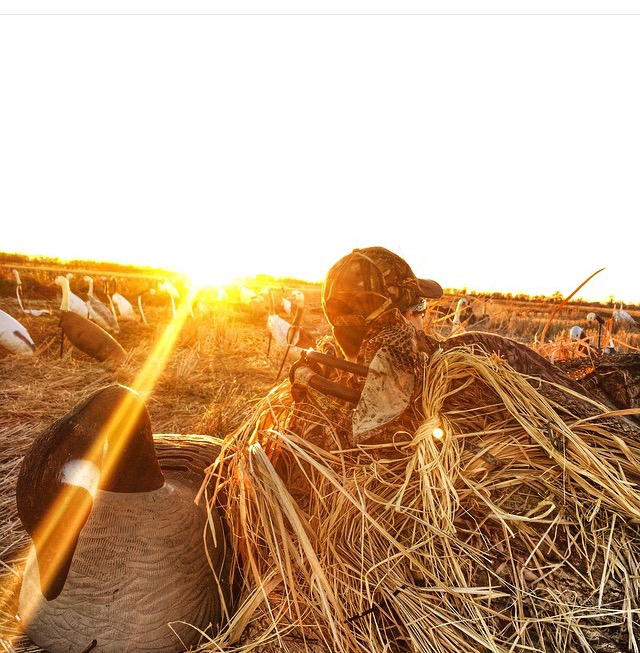
The Under-the-Radar Wins
Thanks to sportsmen and women, there were other victories for conservation embedded in the work that Congress and the administration is expected to do anyway.
First, the Natural Resource Conservation Service at the U.S. Department of Agriculture announced that it would invest nearly $49 million in projects to enhance public access for outdoor recreation, including hunting and fishing, on private land across 26 states. To learn more, download TRCP’s definitive report on how these investments, made possible by the farm bill’s Voluntary Public Access and Habitat Incentive Program, benefit you and your access.
Then the Water Resources Development Act—a two-year bill that authorizes water conservation and enhancement projects—passed the House with provisions to help address dangerous algal blooms, combat invasive species, fund Everglades restoration, and smooth the way for more natural infrastructure projects across the country. Complementary language could pass in a Senate spending package any day now.
And constructive, collaborative public land planning efforts continued for millions of acres of Bureau of Land Management public lands in Alaska and Montana.
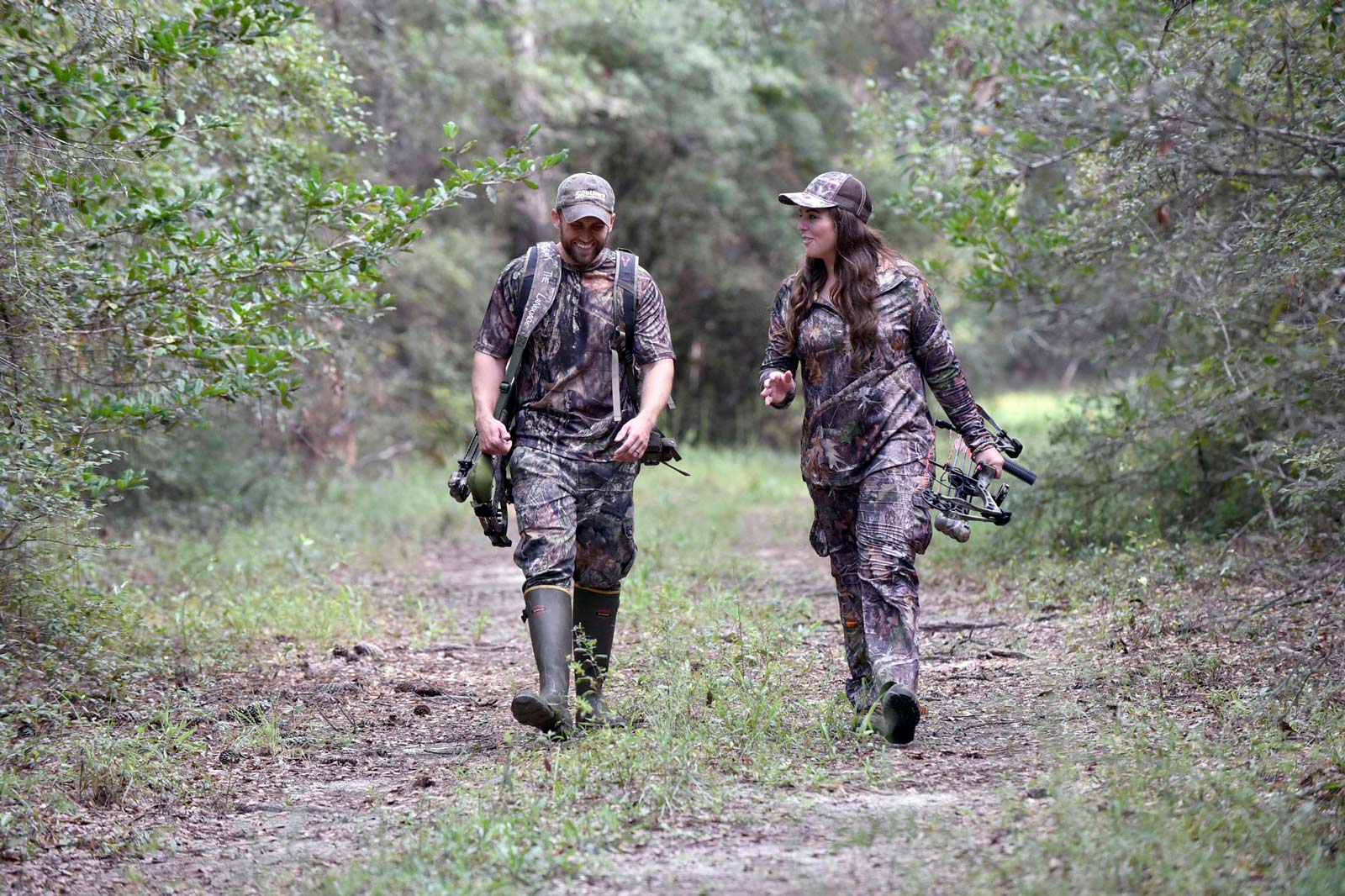
The Developing Story
The data is still coming in on 2020 hunting and fishing license purchases, but it’s safe to say that stay-at-home orders, work-from-home flexibility, and social distancing drove more Americans to recreate in and appreciate the outdoors this year. This has positive ramifications for not only conservation funding but also for advocacy—the more connected people feel to our natural resources, the more likely they are to stand up and fight for them.
We hope that when they do, they’ll find that the TRCP is a resource and conduit to some of the best policy solutions. If you appreciate the work we’ve done for conservation, habitat, and access in 2020, consider donating to support our efforts in 2021 and beyond. There’s no better time to give than right now: Through the end of the year, our friends at SITKA Gear will match your gift, making double the impact for conservation.
Thank you for your support, happy holidays, and we hope you have excellent hunting and fishing in the new year!


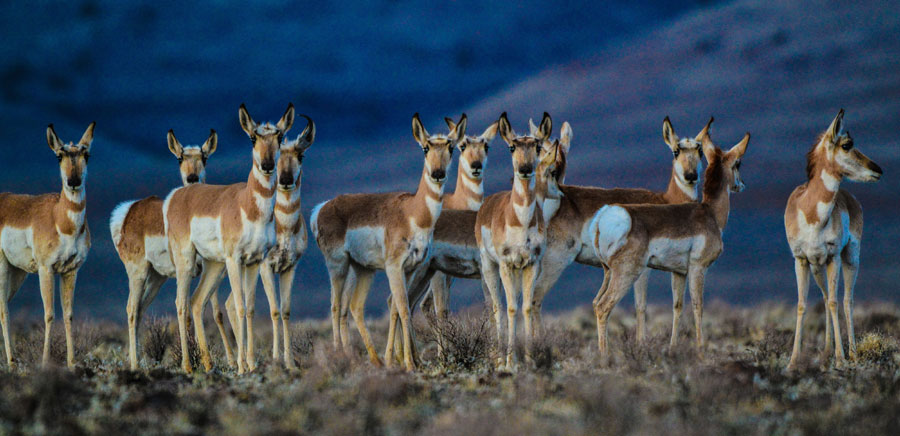
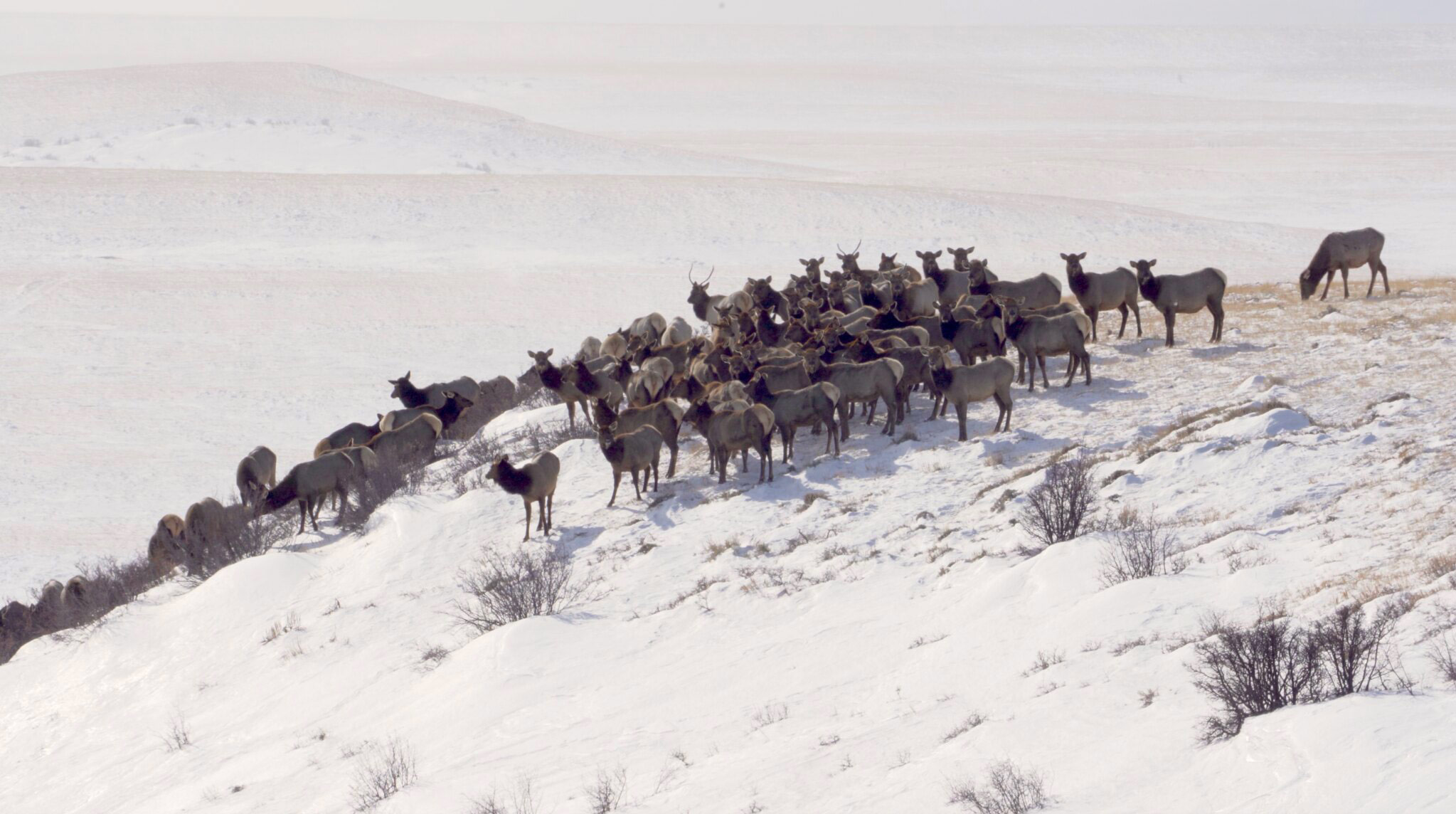




Next year, I hope and pray, the nightmare killing the East Branch of Narragansett Bay will merit news coverage. Someday, Somerset Massachusetts may even make the list.
While the USACE may have denied Pebble’s permit application, that doesn’t fully protect Bristol Bay. Pebble (or any other mining outfit) could return with a new application. Two things are needed: 1) A Clean Water Act veto by the EPA by the incoming administration, and 2) Legislation to codify restrictions on mining in the Bristol Bay region so we’re not at the constant mercy of whomever occupies the WH. The permit denial was good news, but it shouldn’t be oversold as “the end” of Pebble. Thanks for your long-time engagement on this critical issue!